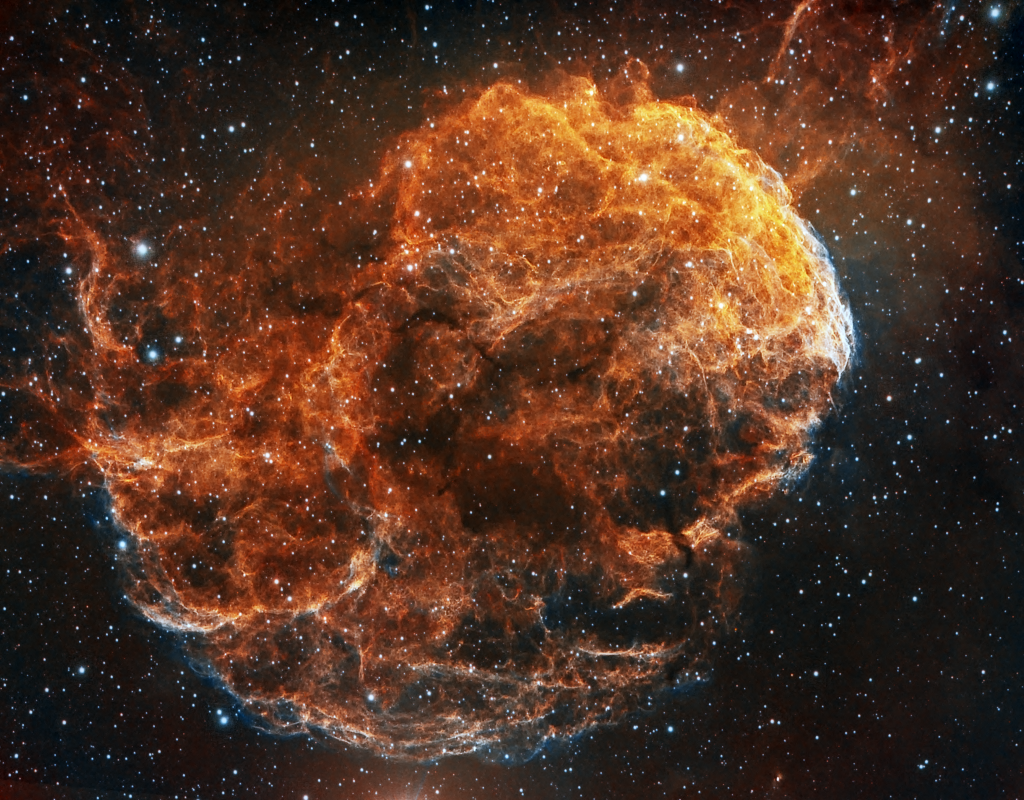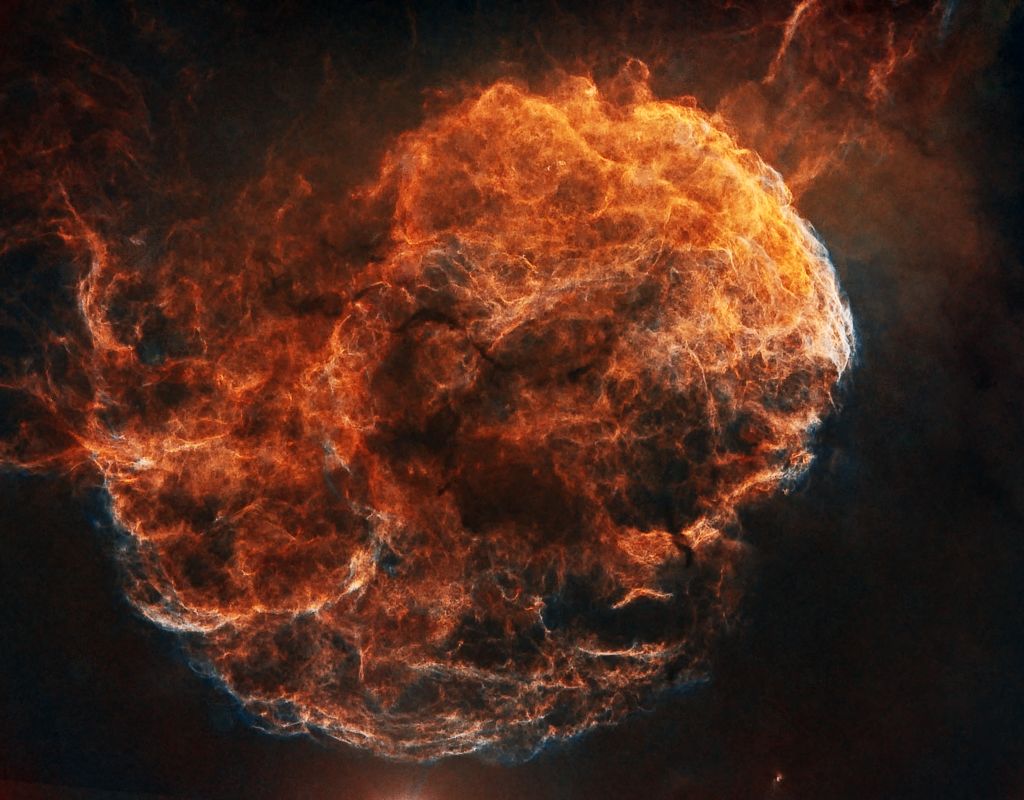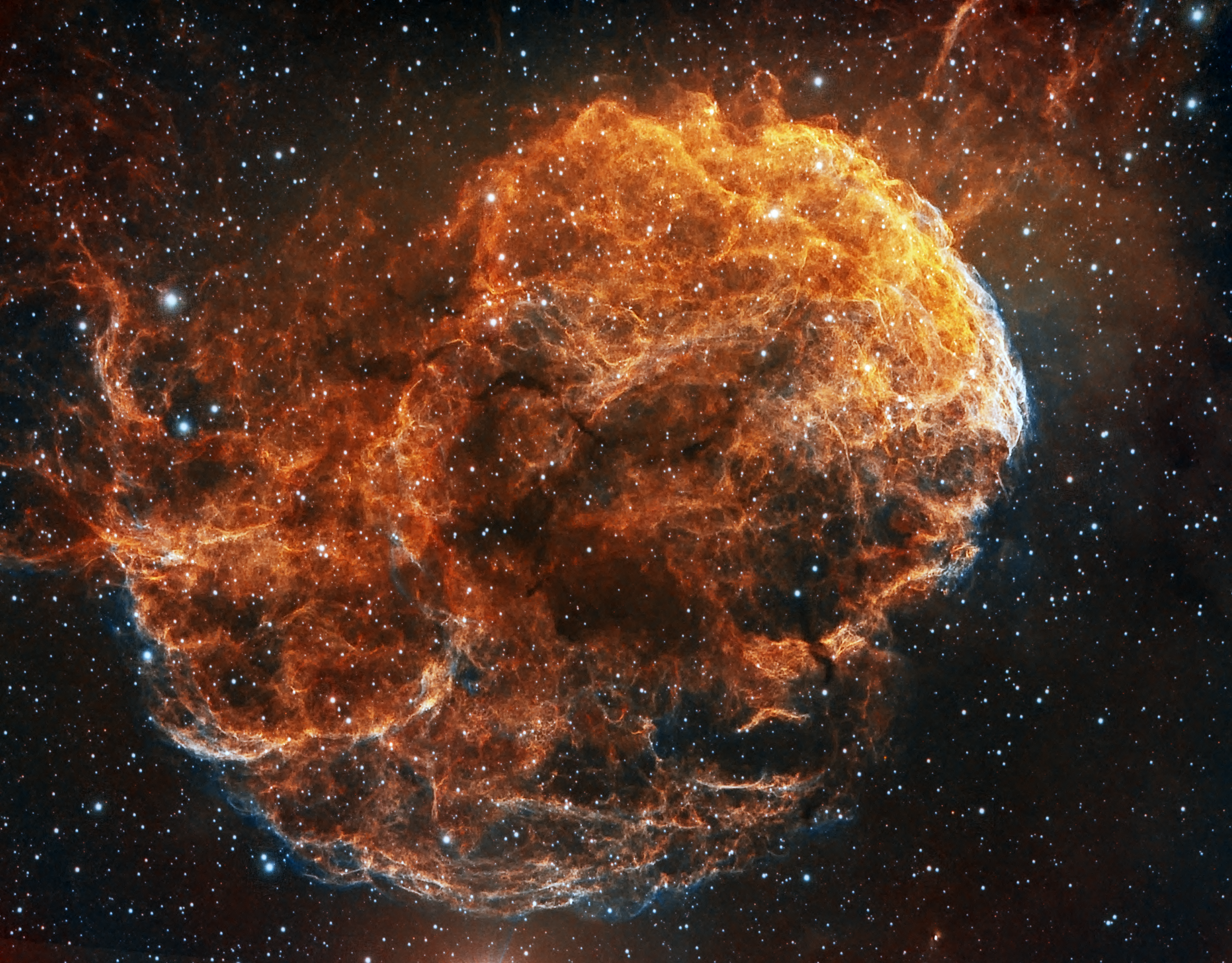
Similar Posts
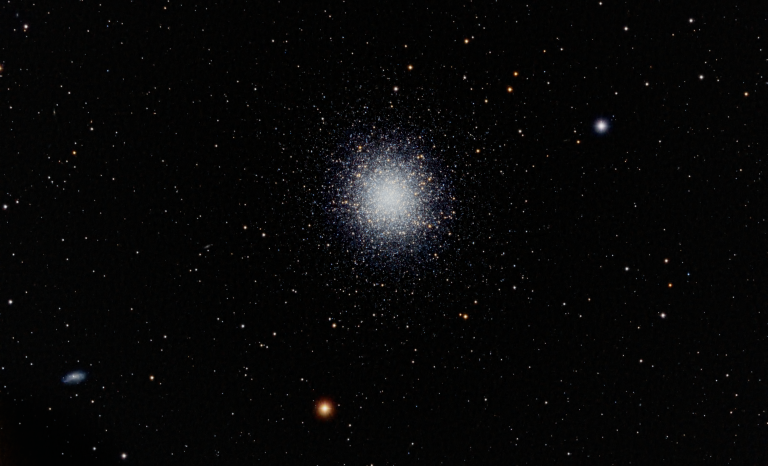
Globular Cluster M13
M13, the great globular cluster in Hercules. You can see some of its interesting neighbors, including the galaxy NGC 6207 in the lower-left. While M13 itself is 25,000 light-years away just above our galactic plane, NGC 6207 is 37 million light-years distant. About halfway between the two, the galaxy IC 4617 is also visible –…
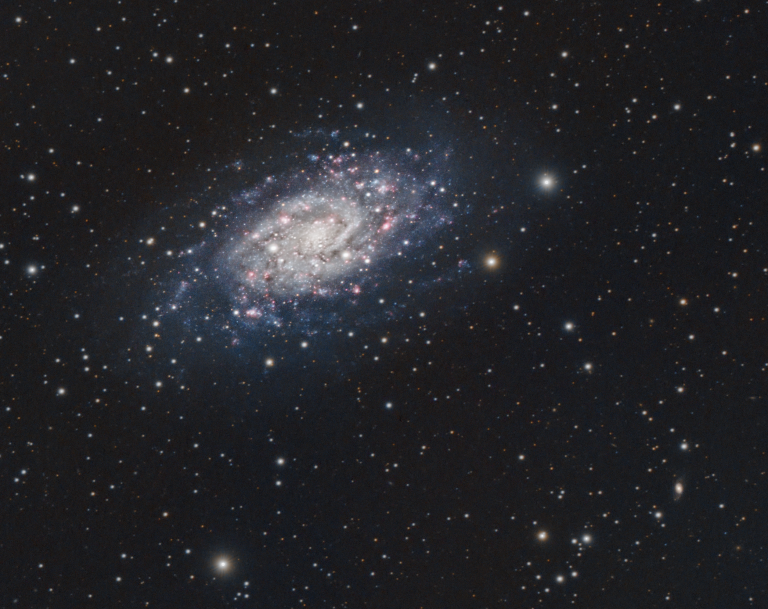
NGC2403: An obscure galaxy in an obscure constellation.
About 10 million light-years away within the constellation Camelopardalis lies NGC2403. It doesn’t get much love, but it was really an oversight in the famous Messier catalog that defines the most popular deep-sky objects. So let’s give it a little attention, and reflect on the fact that the light we’re seeing from this galaxy started…
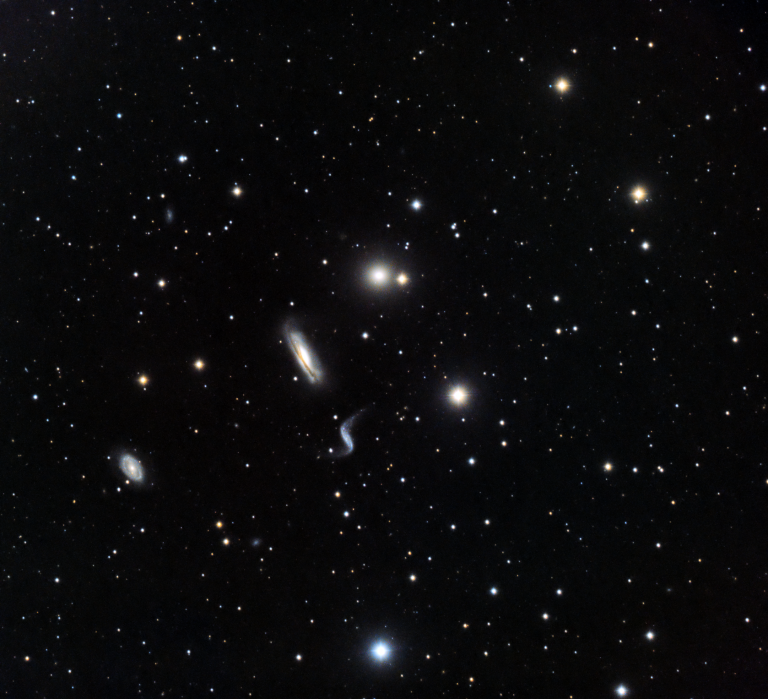
The Hickson 44 Galaxy Group
This is a weird little cluster of galaxies – there are four in all, and each one is completely different. There’s a weird, S-shaped one that must have been messed up by its neighbors in the past, a somewhat normal-looking spiral galaxy, and elliptical, and another one that’s viewed edge-on. Galaxies that have interacted with…
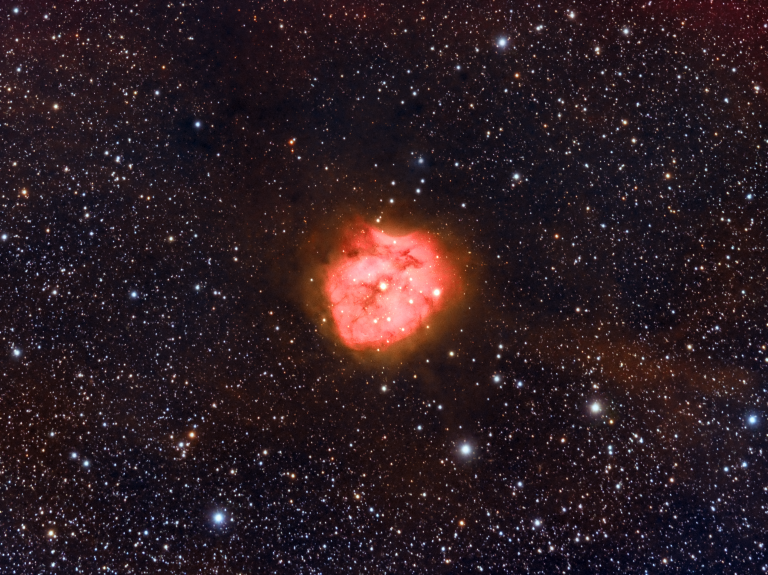
The Cocoon Nebula
The Cocoon Nebula in Cygnus is a compact cloud of Hydrogen, lit up by the bright star in its center. Dust lanes can also be seen across it, obscuring the ionized Hydrogen gas behind them. This object is best imaged during the heart of Summer, which means really challenging conditions here in Florida. High humidity,…
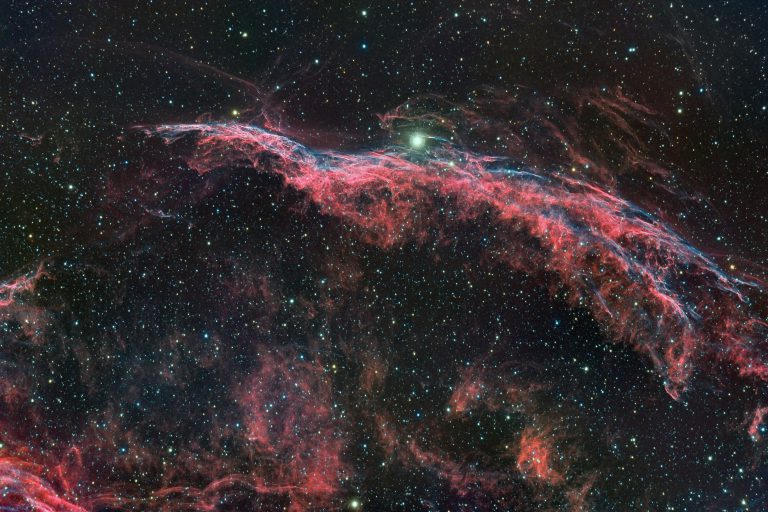
The “Witch’s Broom”, revisited
This portion of the Veil Nebula, commonly called the “Witch’s Broom,” is part of a larger shell of gas known as the Cygnus Loop. It’s gases blown off from a supernova that exploded 10,000 to 20,000 years ago! The rich red and blue colors are real; this is not a false color image. Shot over…
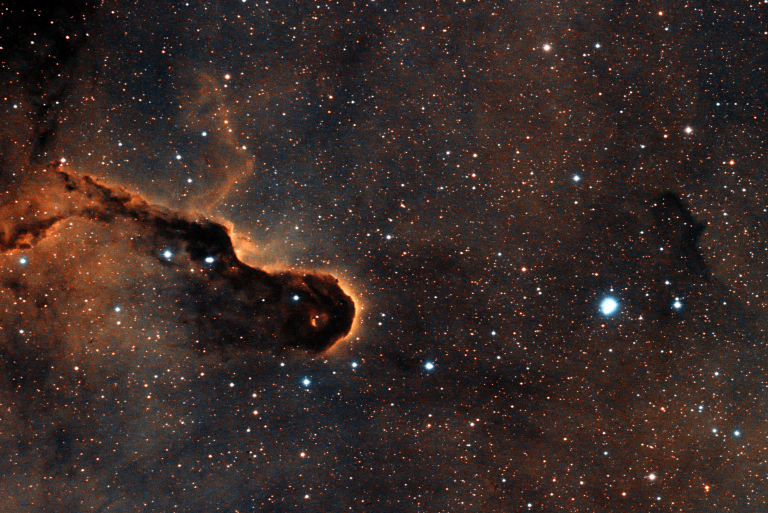
The Elephant’s Trunk
Formally IC1396, this cloud of interstellar gas and dust is thought to be an active site of new star formation. And with a little imagination, it kind of looks like an elephant’s trunk. There’s more to it than you see here, but I tried to get an interesting framing. From this angle we see a…

